OFLUXO
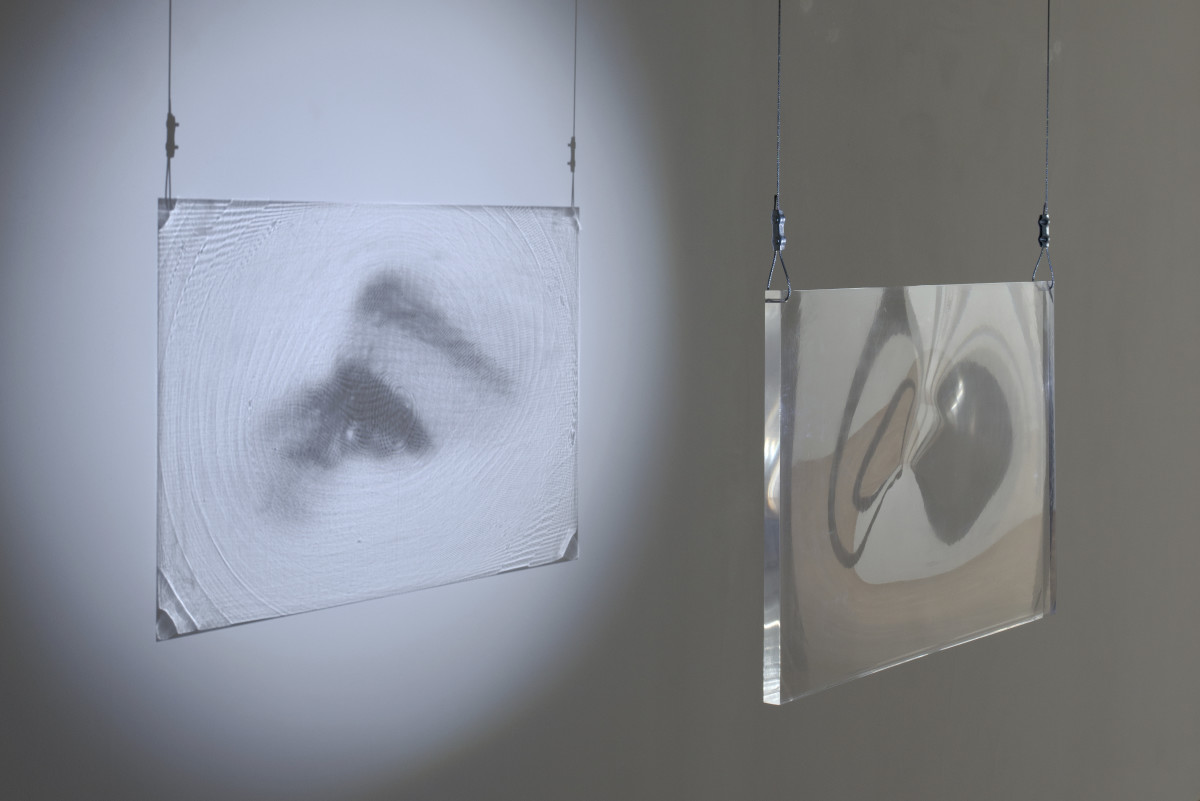
SOLID STATE: SUNLIGHT, interview with HARRY SANDERSON by BOBBY JEWELL
Harry Sanderson is a British artist based in Berlin who is currently exhibiting Solid State: Sunlight, presented by Arcadia Missa, at Brussels gallery Levy Delval. His first solo show in the city, it utilises caustic imagery to present physical & digital depictions of computation and coding, as part of Sanderson’s ongoing work and research on technology and means of production.
For Harry Sanderson’s first solo exhibition in Brussels he will present works which are the culmination of a long period of research and development of both caustic imaging technology and the aesthetics and ideologies that permeate and inform the visual representation of techno-capitalism. Art circles and parties have been stuffed with conversations that pronounce the fact of there being a dematerialised and constantly circulating digital image. The moment that these conversations are of any relevance is when the topic moves beyond assertions of (another) dematerialisation and onto understanding the material infrastructure of industrial exploitation that creates the intangible and consistently reproducible image.
A “caustic” in its use as a word in optics, means the rays of light reflected or refracted by an object or surface, and/or the projection of these rays onto something else/another surface. This concentration of light can burn (think of a magnifying glass harnessing light to burn a piece of paper), hence its description as “caustic” (to corrode). By using caustics to fix a digital image onto a wall through an analogue CNCmilled plastic sculpture, Sanderson creates a moment of pause and recognition to material facts of the image’s genesis. This is furthered by the almost-impossibility of us, the viewer, capturing and circulating the image produced by the sculpture to a degree of likeness that we have come to presume to have to hand (when you try to photograph and Instagram the work, an image is created, yet it is not the image that your body stood in front of at the moment of capture).
These artworks are both sculptures and images, it is difficult to describe with language as the words presume certain differentiations that are not embodied here. For want of a better word we’ll call them sculptures. These sculptures inhabit the space between digital representation and physical form, as put by the artist, “a painful intermediary zone between a purely ideal imaginative space and the physical world digital representation models and simulates.”
Just as language presents problems of expression and representation around the artwork, the visual representation of digital infrastructures, systems and surfaces has continued to be impoverished so much so that representations both deliberately and unwittingly reinforce mantras of global capitalism. Often water, air, various nods to nature and evolution sit as metaphors in media and advertising for a digitally connected and accelerating world, a world where somehow the fact of connection is an equaliser or flattener to the incredible disparity between rich and poor, global north and south, post-Fordist and currently industrialising. We cannot see or represent a screen, it is a conduit for representations of something else. Just as the scope of language to define is limited, the scope of representation to enable Cognitive Mapping of a world whose governance and institutions are not only biopowerful but also digitised, is impoverished.
A concurrent feature of Sanderson’s work is to pull open the means of the work’s production. Harry Sanderson’s practice is about putting its labour at the forefront. Rather than the digital being a veil over the layers of work and imbalance such as it is used for within the type advertising researched by the artist, Sanderson instead uses digital technologies in his work to push into view the labour, the materiality, and thus the physical imprint and scarring inherent in the world we live in.
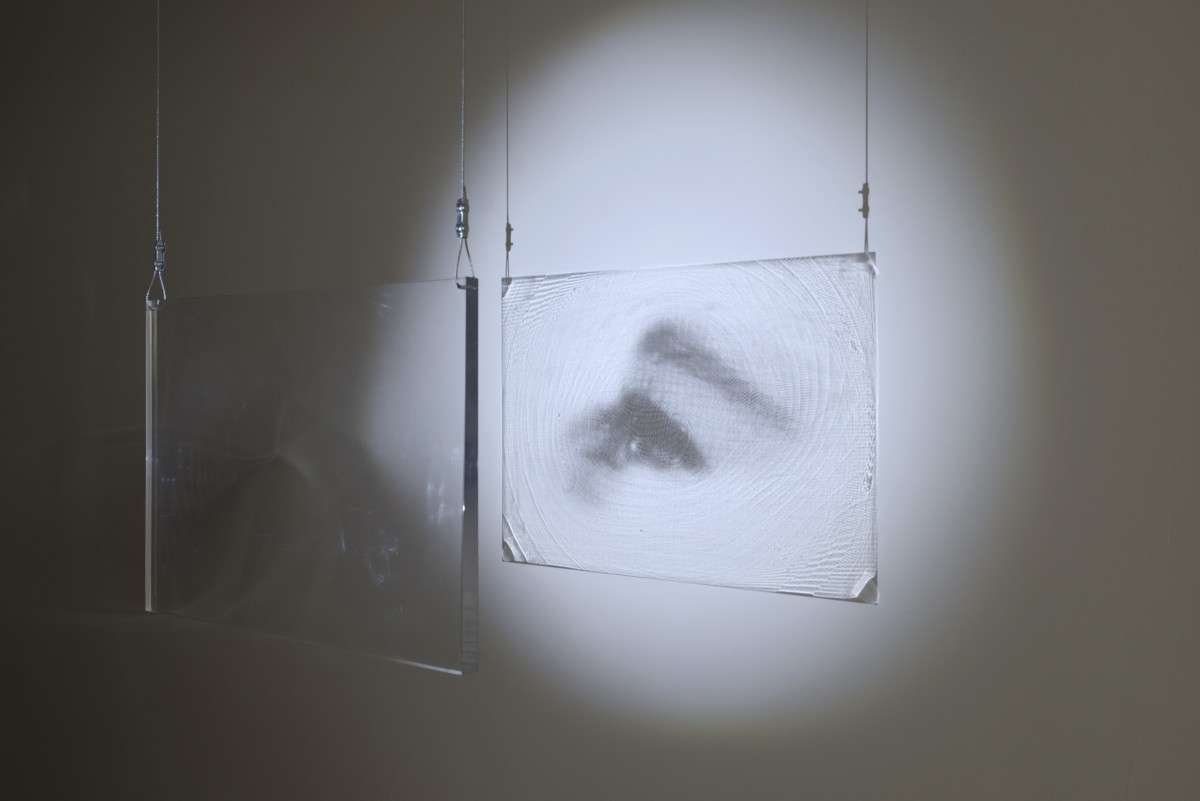
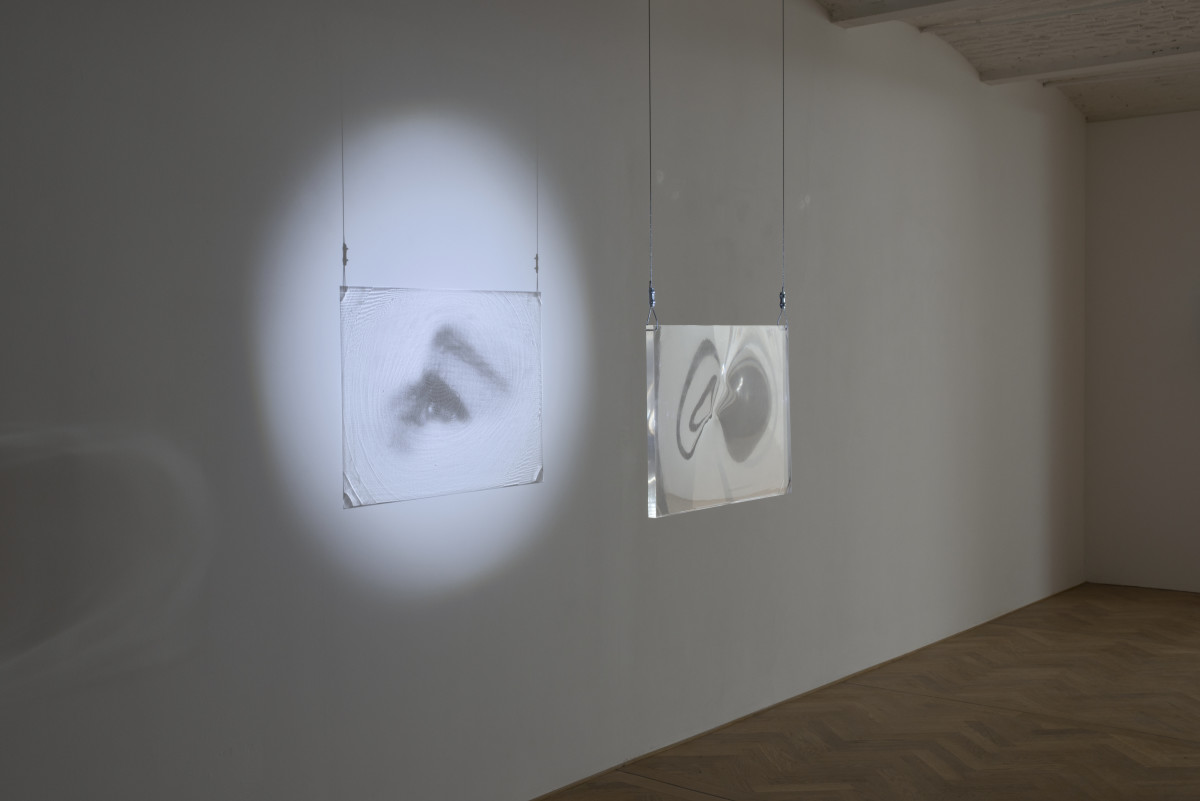 Harry Sanderson, Solid State, Eye, 2015
Harry Sanderson, Solid State, Eye, 2015
Caustic Light Sculpture, CNC Milled Acrylic, Torch, Steel Wire & Fittings
56.5 x 40 x 2 cm (CNC Milled Acrylic), Unique
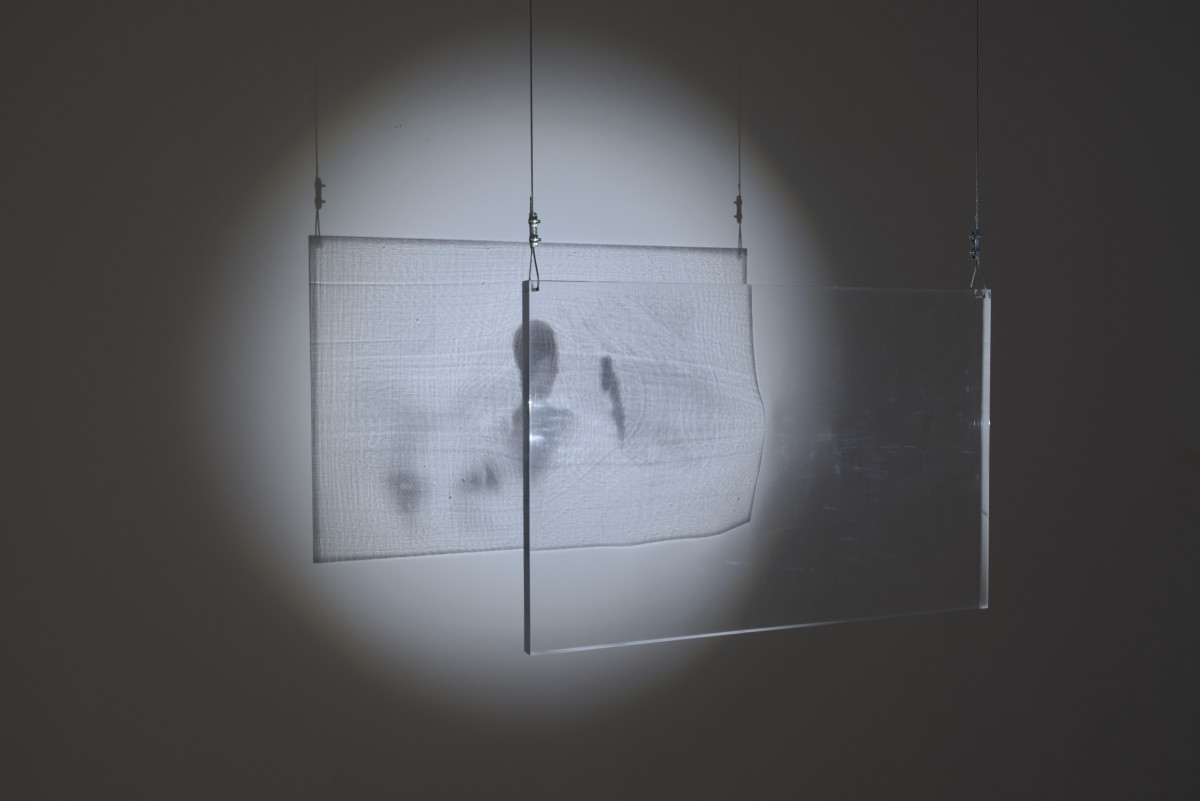
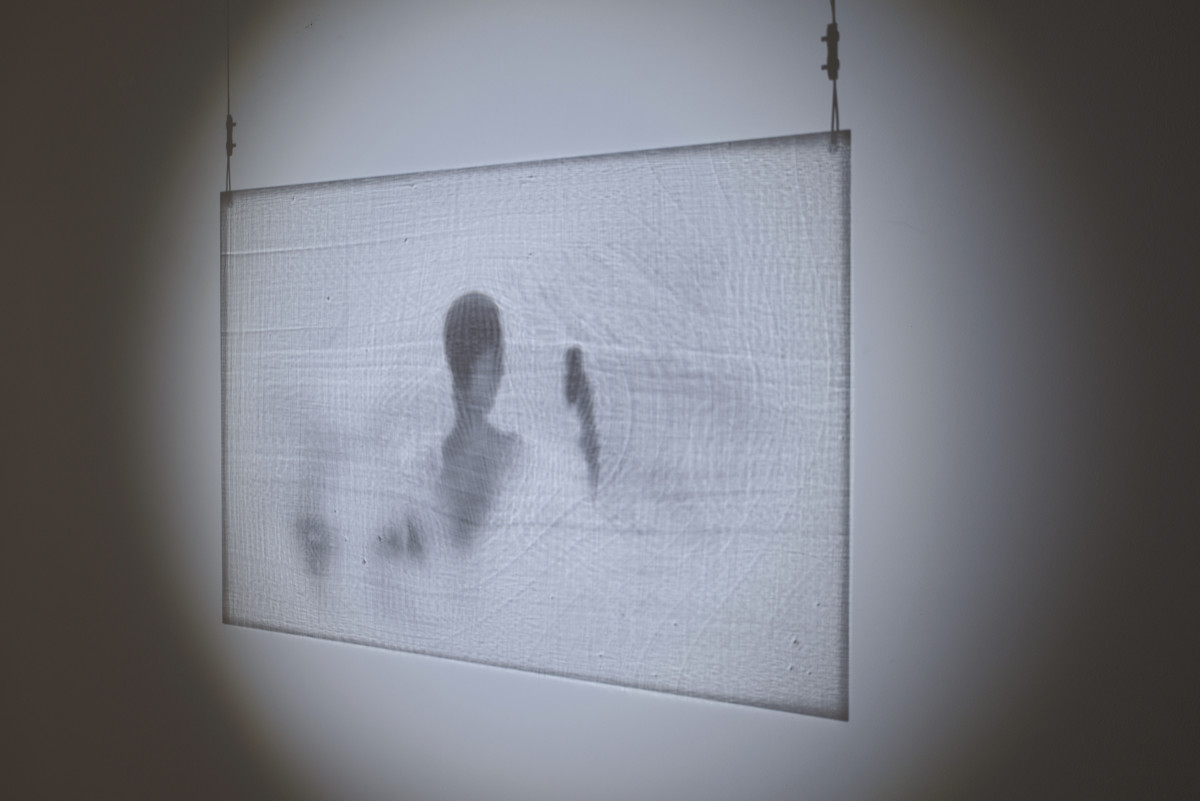 Harry Sanderson, Solid State, Horizon, 2015
Harry Sanderson, Solid State, Horizon, 2015
Caustic Light Sculpture, CNC Milled Acrylic, Torch, Steel Wire & Fittings
64 x 42.5 x 2.5 cm (CNC Milled Acrylic), Unique
Bobby: How did Solid State: Sunlight come about with yourself, Arcadia Missa and Levy Delval? I know research plays a big part in your work, how did your ideas begin and change compared to the end result?
Harry: I’ve been working with Arcadia Missa almost since I’ve been making art and Levy Delval have been interested in doing something for awhile. We planned the show several months ahead so I was able to make 3 new sculptures and a 3-channel video work documenting their production.
The show represents the current state of development of the technology for caustic imaging that I have been working on for the last two years. Its half a software process carried out by algorithms I have developed with programmers, and half a hardware process which I’m just beginning to experiment with having had more access to materials and resources whilst living in Germany.
The process I’ve developed produces transparent physical objects that cast digital images in place of their shadow when illuminated by a light source (torch, sunlight etc). Its interesting to me because it creates an object that sits between computation as a digital process and computation as a physical object. Its also about the problems of trying to realise a digital file as a real object, and producing an image in a modality that is more permanent than a digital file to be transferred and displayed on-screen.
For the most part the work is simply about getting the technology to the point where images appear as recognisable, so choices of what to represent in this new medium have been curtailed by its limited capacity for detail. These new pieces are at a much larger scale than previous works, and for the first time I’ve had access to the manufacturing stage, so I started introducing more subtle visual elements like putting water drops on the screen before processing the images to try and gauge how well the system handles them. There’s an element of blindness in the process as I never know how well an image will be reproduced until the piece is finished, so these water drops act as markers as well as introducing another layer or trace of physicality in the images.
The images themselves are all stills from a video I made in 2013. It uses eye tracking to detect the parts of an image that draw focus and then deletes the rest of the image. So the parts of the image that are still visible represent the responses that image is designed to elicit, and also have a physical and temporal referent linking back to the physical movement of a human eye. They’re all from data plan and mobile phone ads, so the idea is that these images are taken out of circulation and turned into objects that will still be able to produce these images even if the technological infrastructure that we have now is no longer in place.
There are three stages to producing the objects. First the software processes the image and generates a 3D file, then this file is sculpted from a block of acrylic by a computer controlled mill, after that the object is polished by hand until its clear enough for the image to be transmitted through it. Its a painstaking process, because going too far in the last stage can destroy the contours in the surface and with them the image. The video documents these three stages in one projection and two video screens. The idea is simply to show the production of the objects on the same level as the things themselves, and hopefully provide a context to understand them as they can be quite opaque on their own.
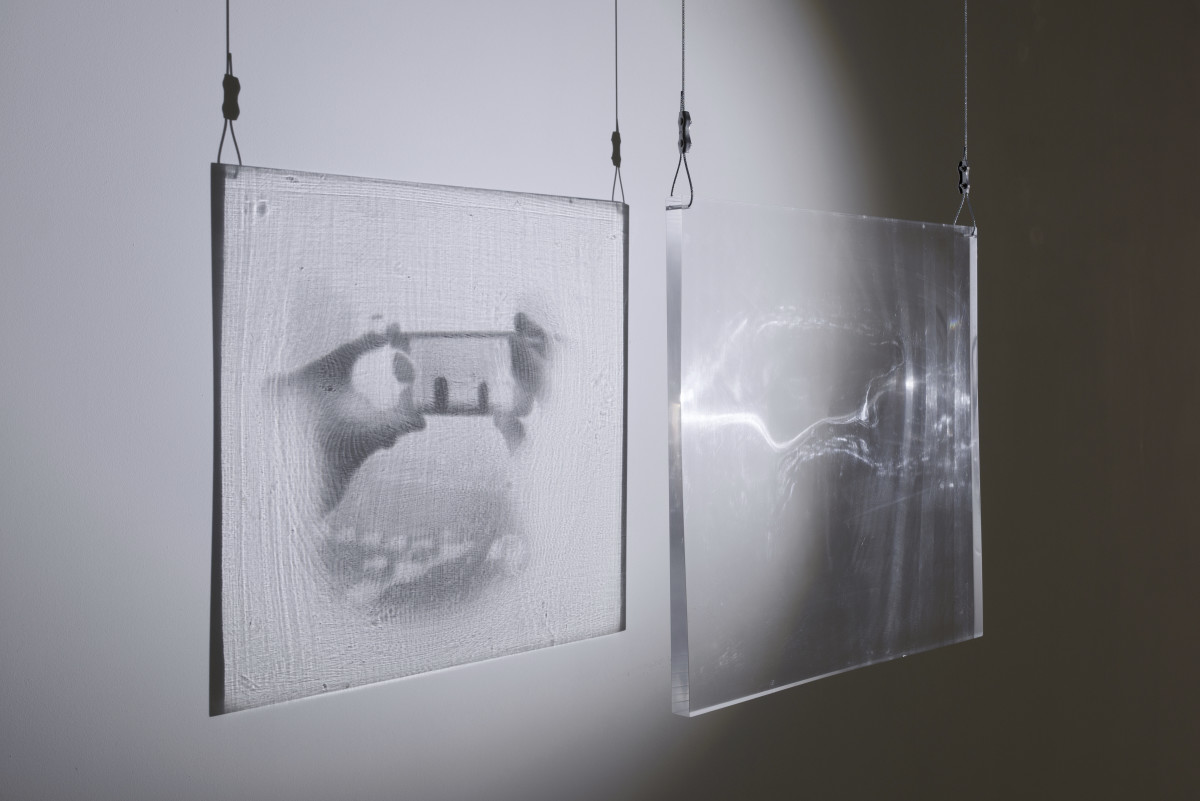
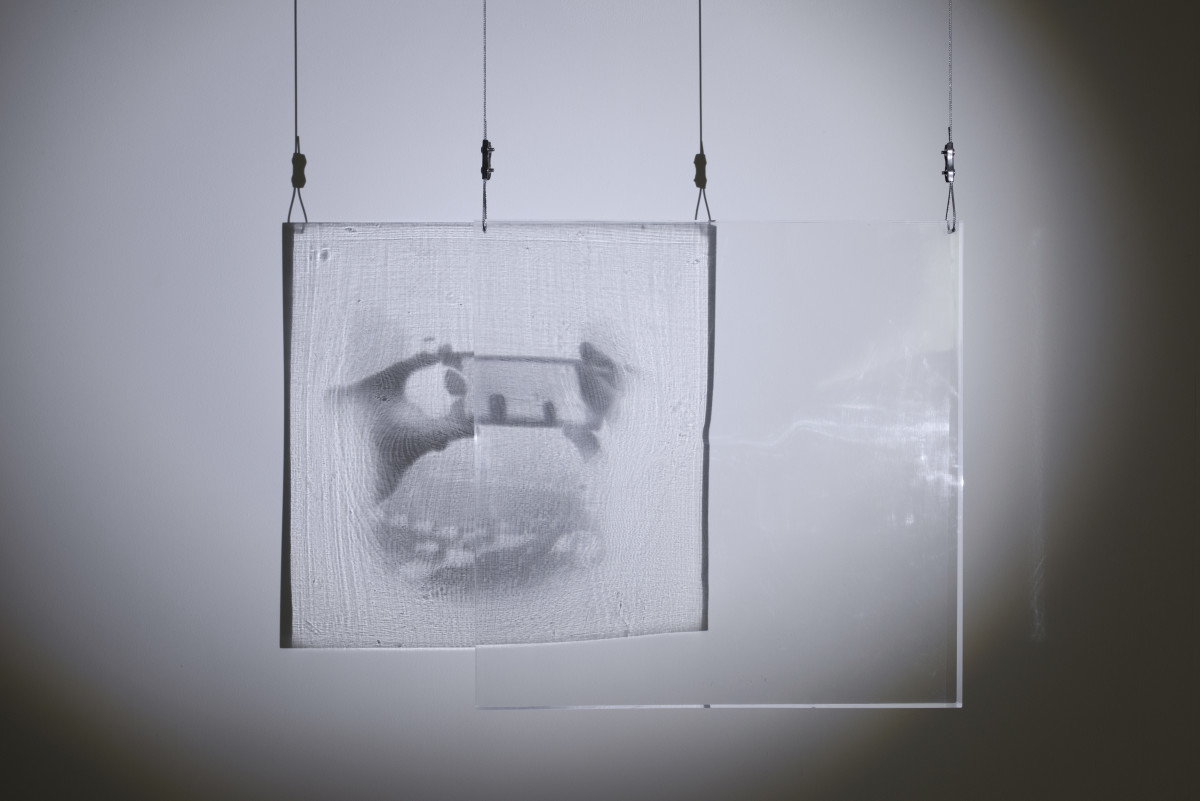 Harry Sanderson, Solid State, Rain, 2016
Harry Sanderson, Solid State, Rain, 2016
Caustic Light Sculpture, CNC Milled Acrylic, Torch, Steel Wire & Fittings
56.5 x 40 x 2 cm (CNC Milled Acrylic), Unique
B.: Regarding the production of the installation how much research/experimentation was there in creating the final piece?
H.: The project as a whole is an ongoing process of research and experimentation. They cost a lot to make so there hasn’t been room for anything that doesn’t also have to be exhibited. I was working almost entirely on understanding the physics and coding for the first year, and have only recently begun experimenting with physical fabrication. The project is about starting from scratch with an imaging technology at its nascent stages, and following all the steps from its first barely perceptible images to the more confident and defined representations its able to produce now. Its a difficult process to bring something from being a file to a real object in the world, and I like that they have some scars as evidence of that transition.
B.: You’ve exhibited many times now both in group shows and on your own, how do you think you’ve developed as an artist in your approach to presenting your work?
H.: I think I’m getting better at letting the works breathe more. The first shows I did I would try and throw everything I had into one space mostly out of a sense of anxiety. But as I get more used to the concept of showing work as an individual artist I’m also getting more comfortable with allowing the works to just occupy a space and explore what happens in the intervals between them.
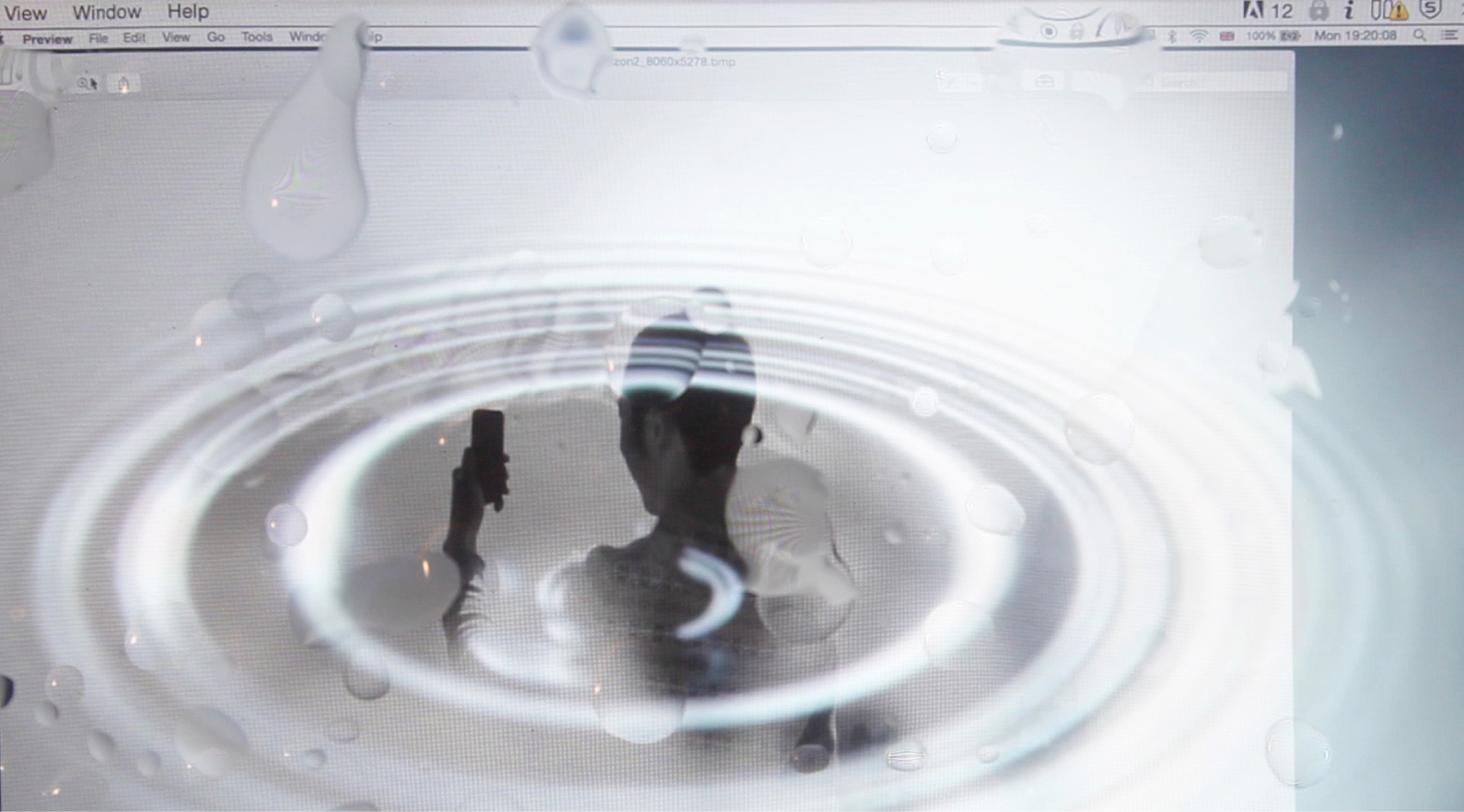
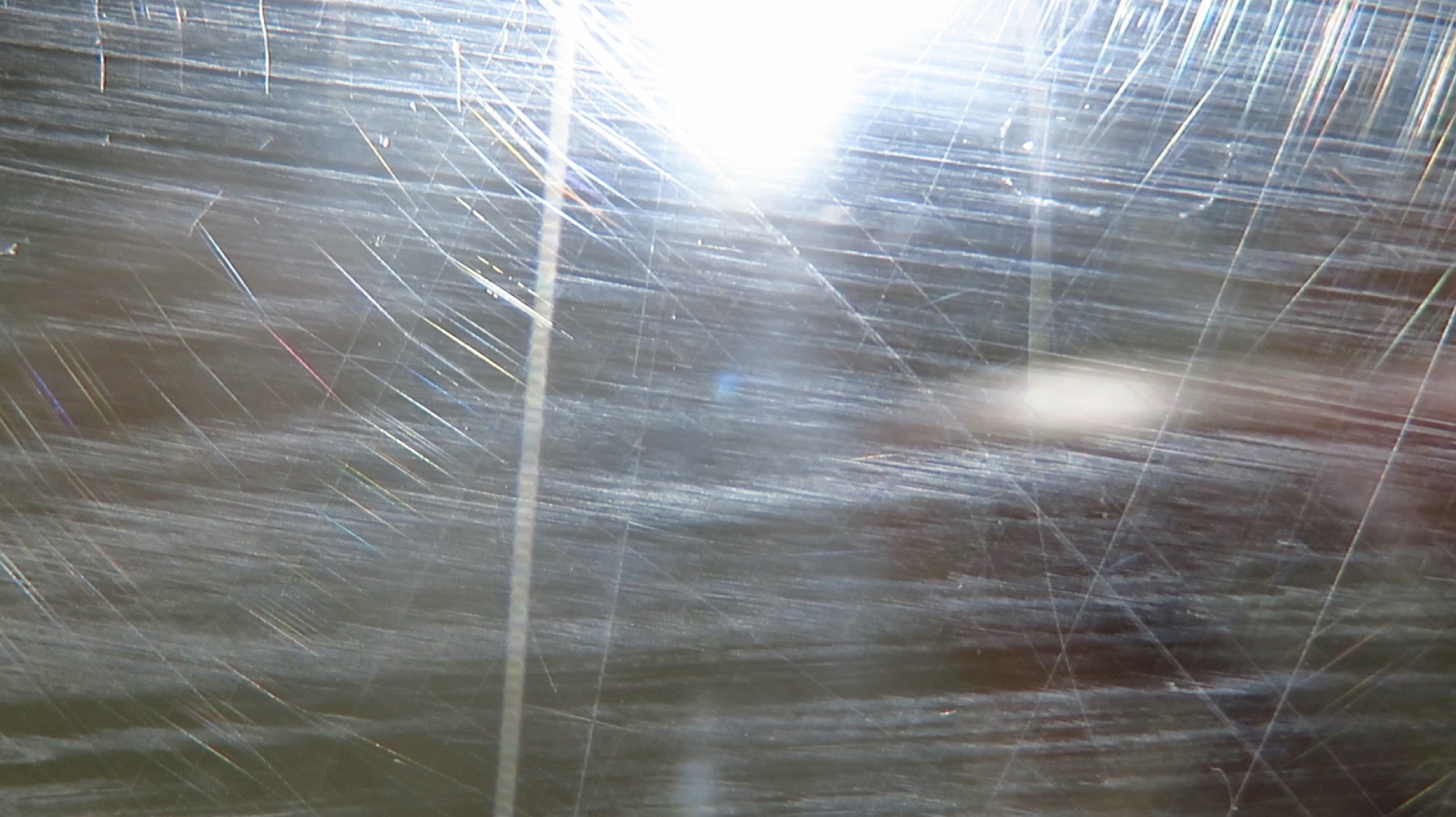
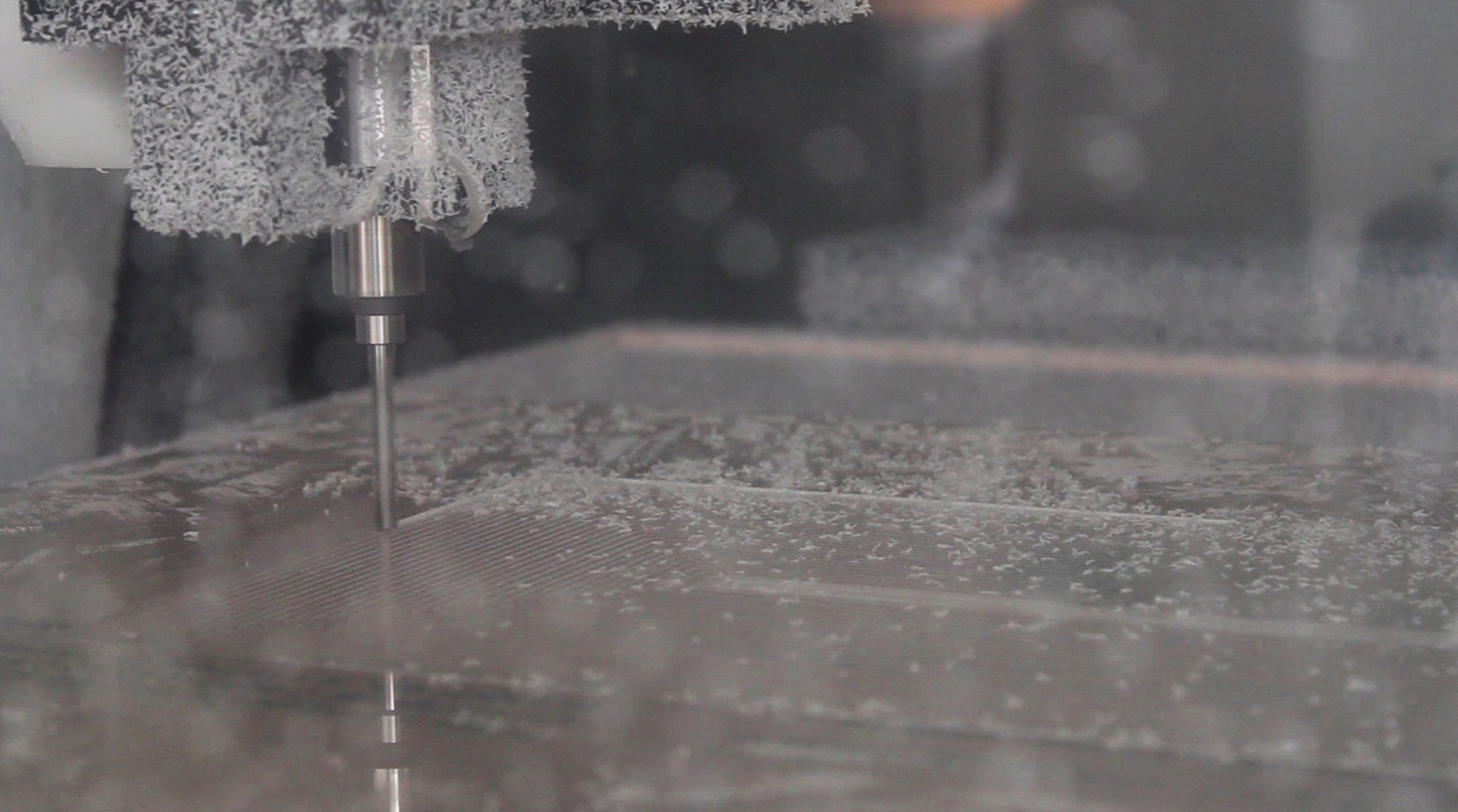 Harry Sanderson, Solid State, Process, 2016
Harry Sanderson, Solid State, Process, 2016
3-Channel Video Installation, Looping, Edition of 3 +2AP
18 Minutes 13 Seconds ,43 Minutes 16 Seconds, 32 Minutes 05 Seconds
B.: Analysing Capitalism and systems of labour & production feature a lot in your work. Do you think online economies/systems/communities offer any valid alternative to that?
H.: Current online systems and economies are capitalist, so I don’t think that the Internet offers any alternative to it, as its essentially just the consolidation of and most contemporary form of its power.
I do however think that the kinds of algorithmic processes that are emerging in computation – which the caustics project makes use of – are much less determinist and predictable than previous forms of technology, and shouldn’t be automatically theorised as forms of control that mirror and reproduce the power structures that put them in motion. This analysis is important, but something much more complex is happening too.
Communities of people, whether they’re online or not, are another thing altogether. If we’re looking for an alternative I think it would be good idea to start there.
B.: What plans do you for the rest of 2016?
H.: I’m moving from Berlin to London to spend a few months in residence at Somerset House, then spending a month in Malta at Blitz residency, and after that taking up a studio residency in Sweden.
Exhibition views:
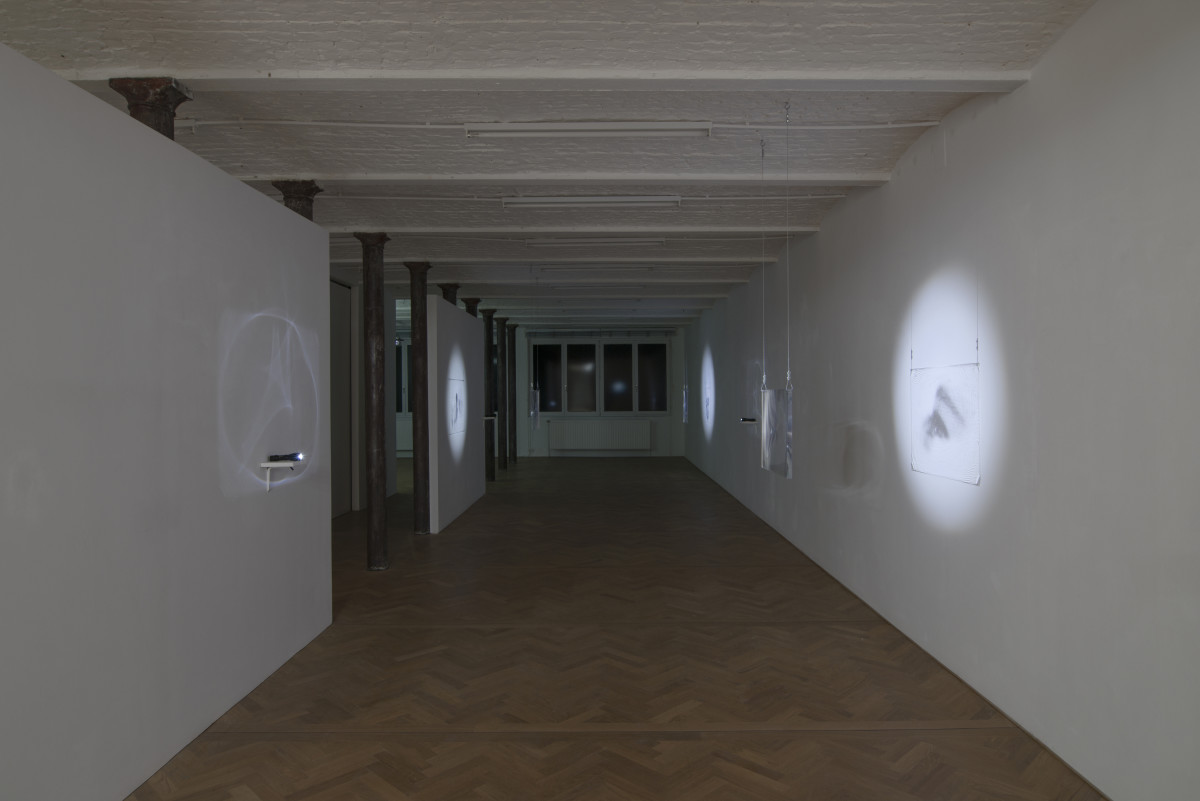
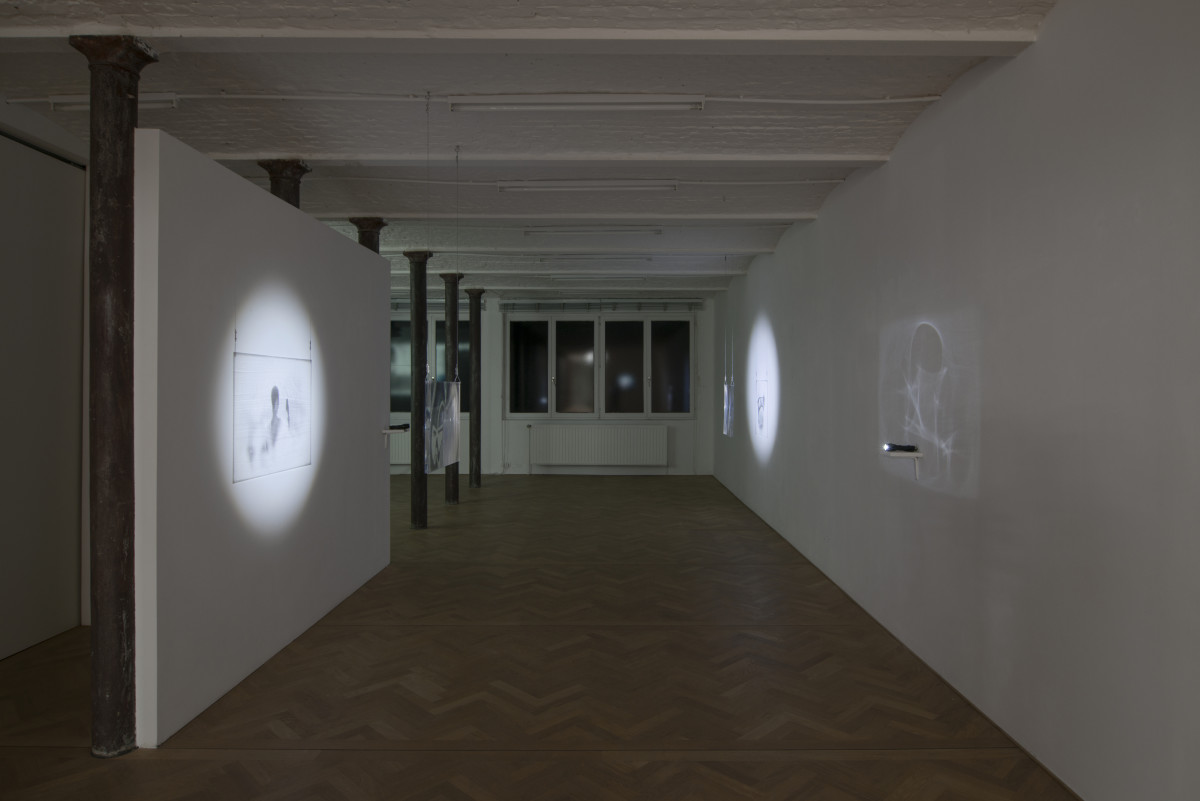
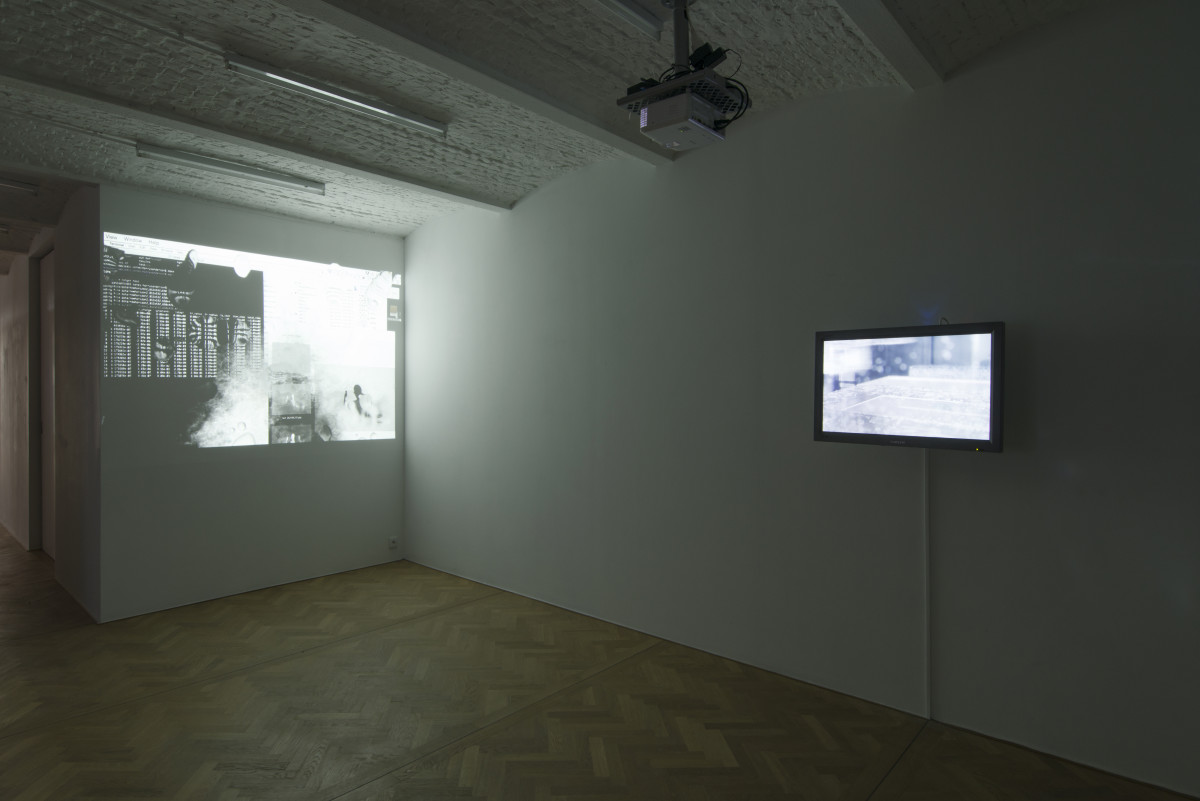
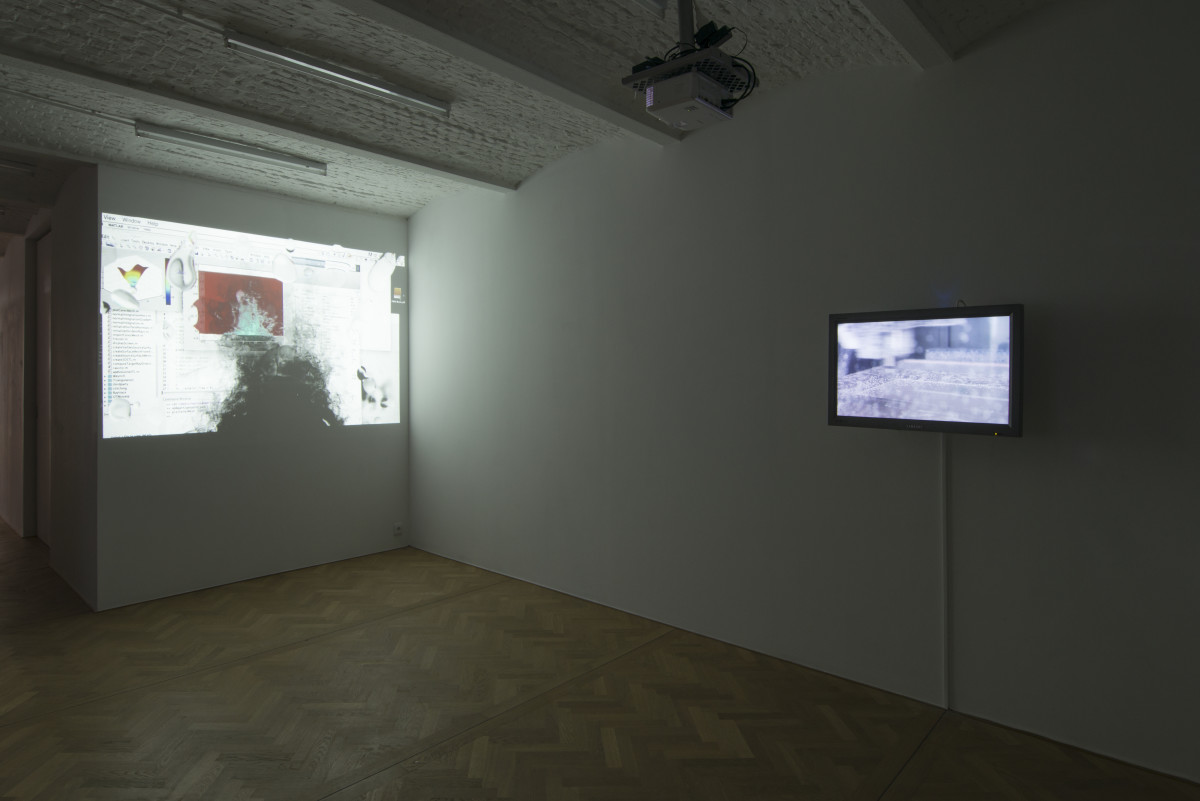
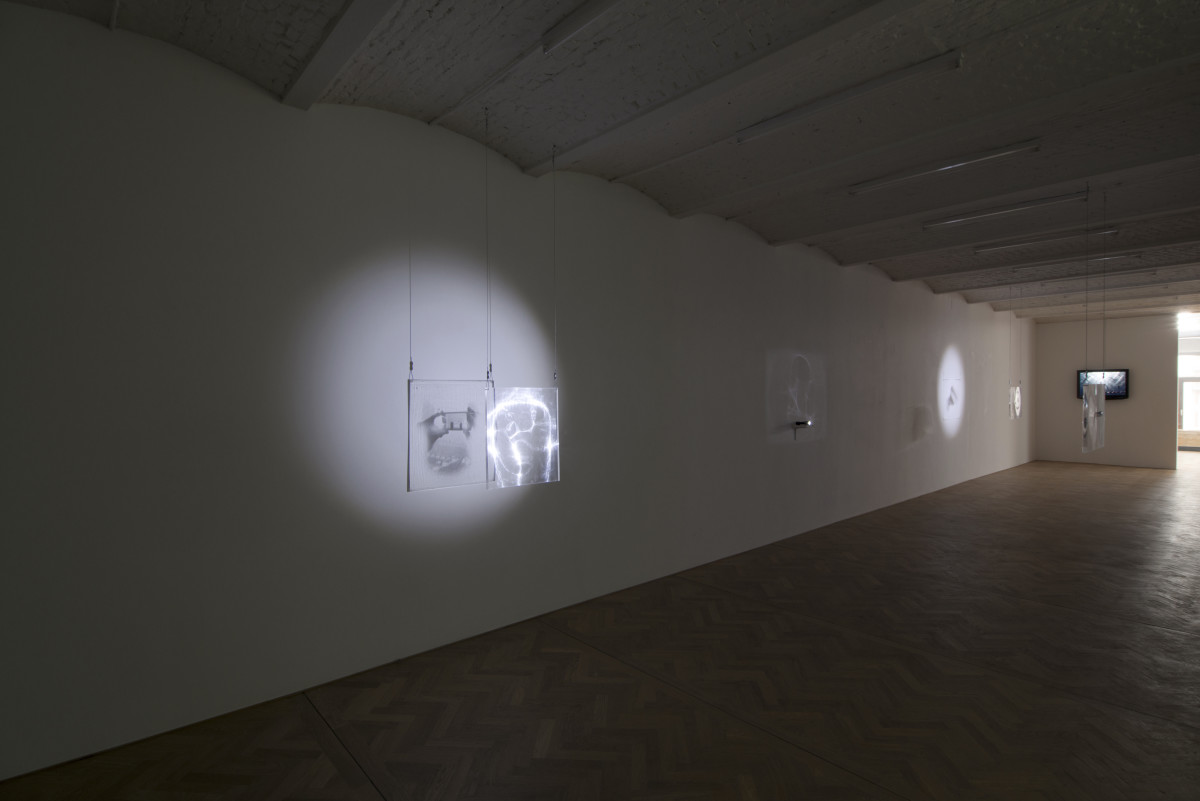
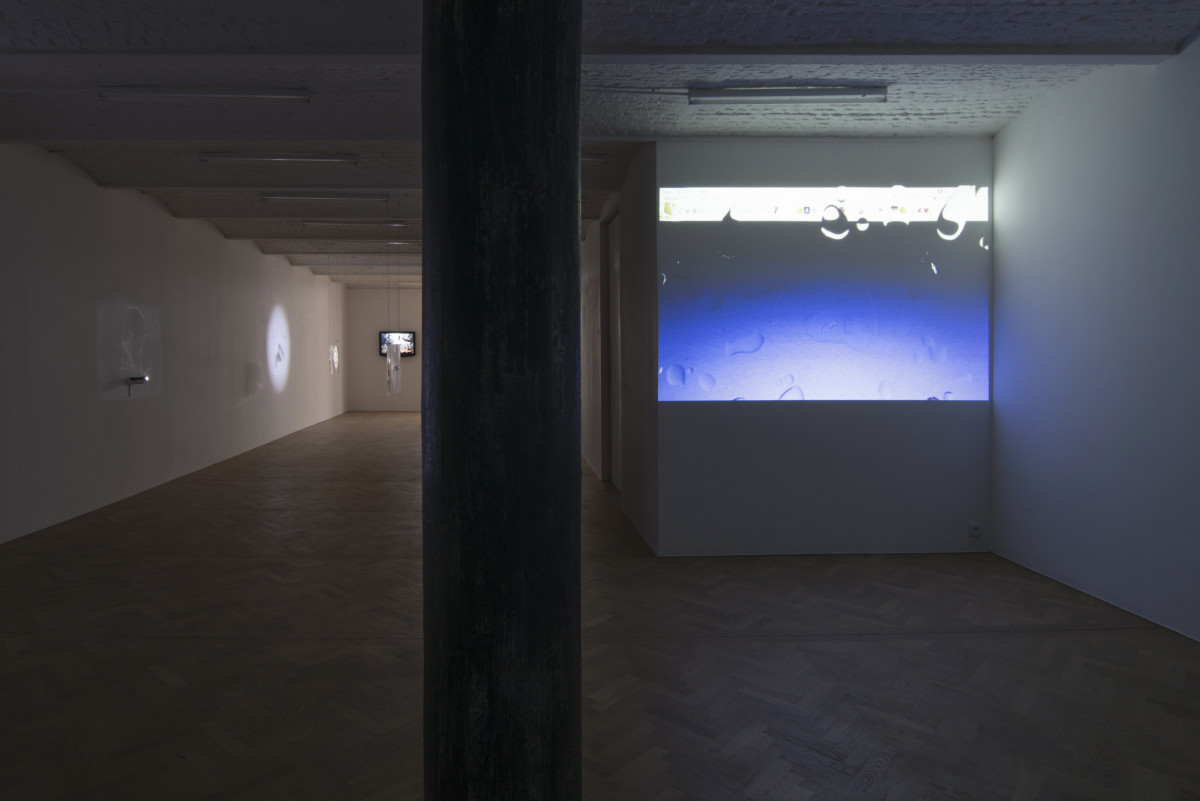
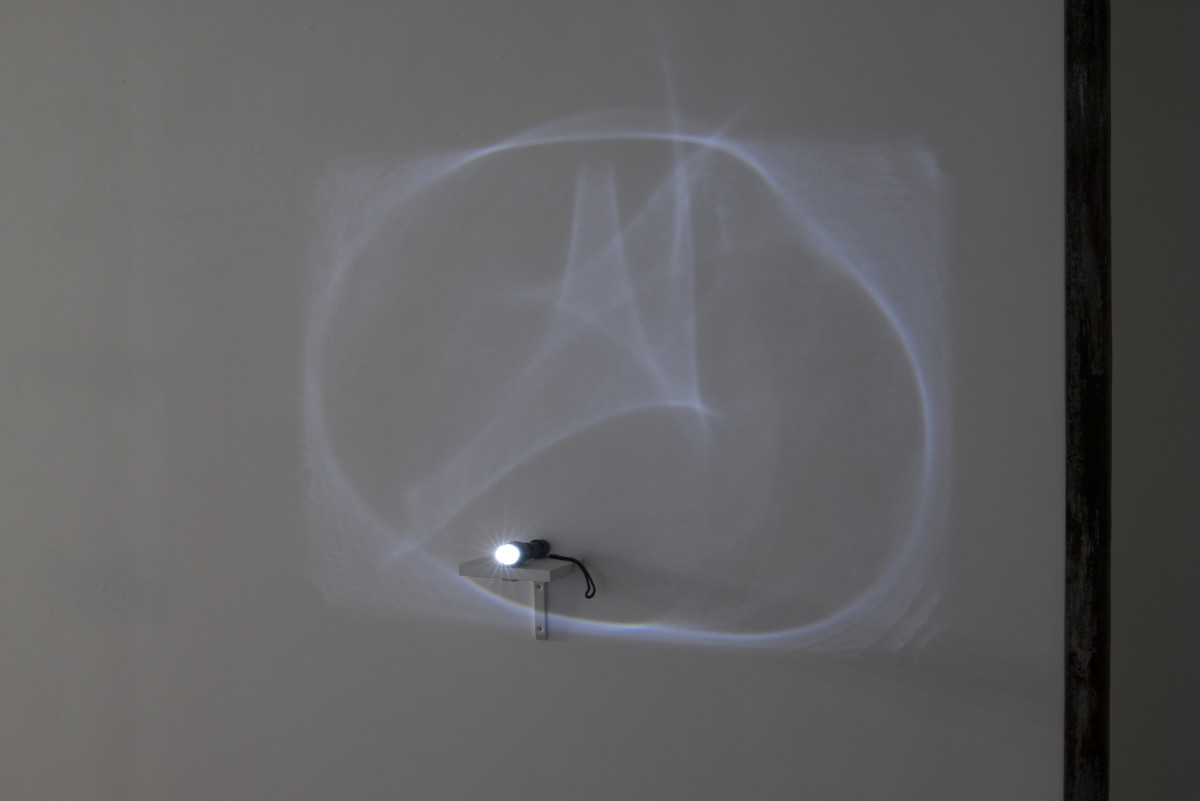
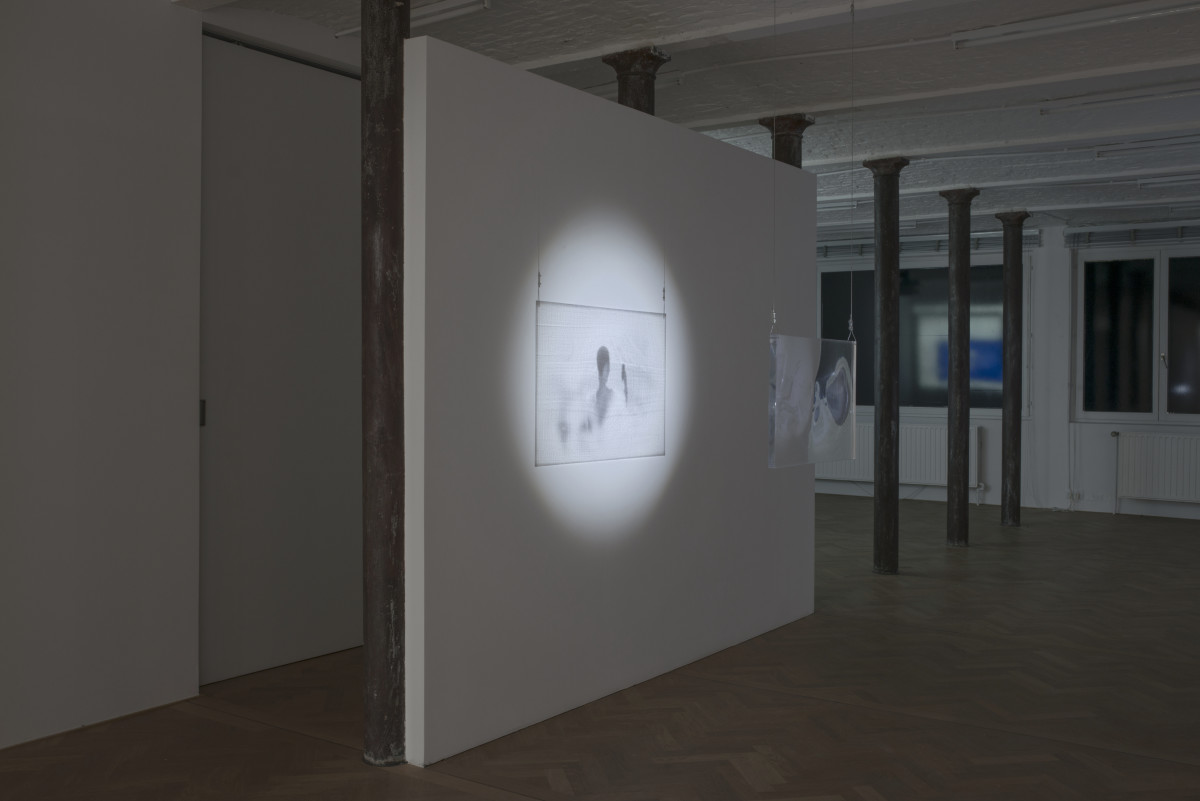
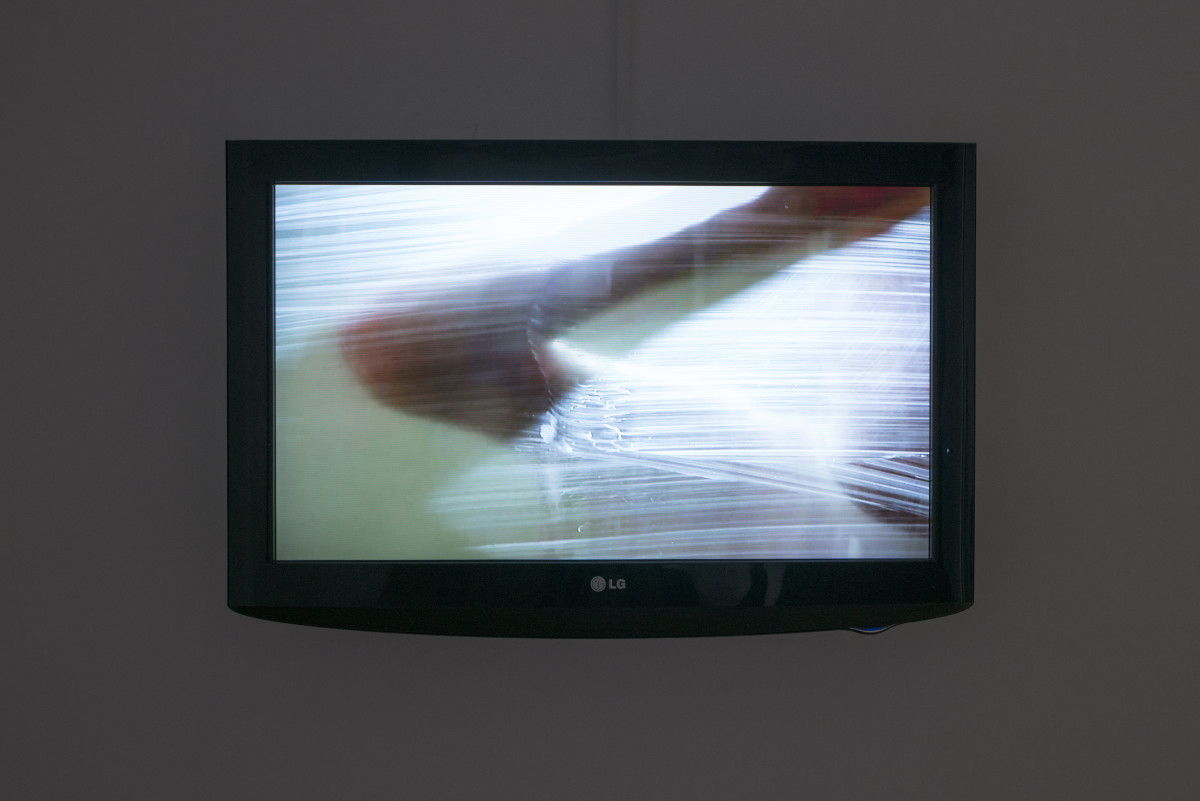
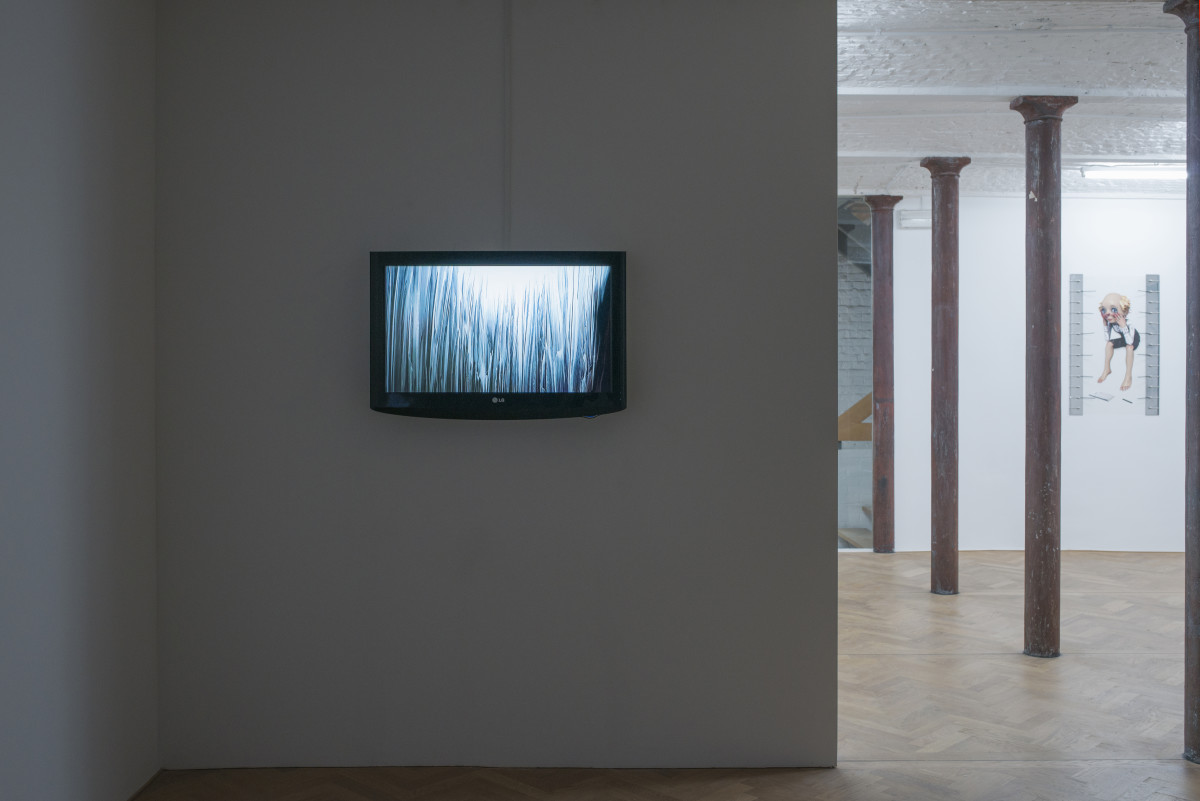
SOLID STATE: SUNLIGHT‘
by HARRY SANDERSON
presented by Arcadia Missa @ LEVY.DELVAL, Brussels
January 21 to March 12
Interview by Bobby Jewell for
O Fluxo, Feb. 2016
www.levydelval.com
OFLUXO is proudly powered by WordPress
